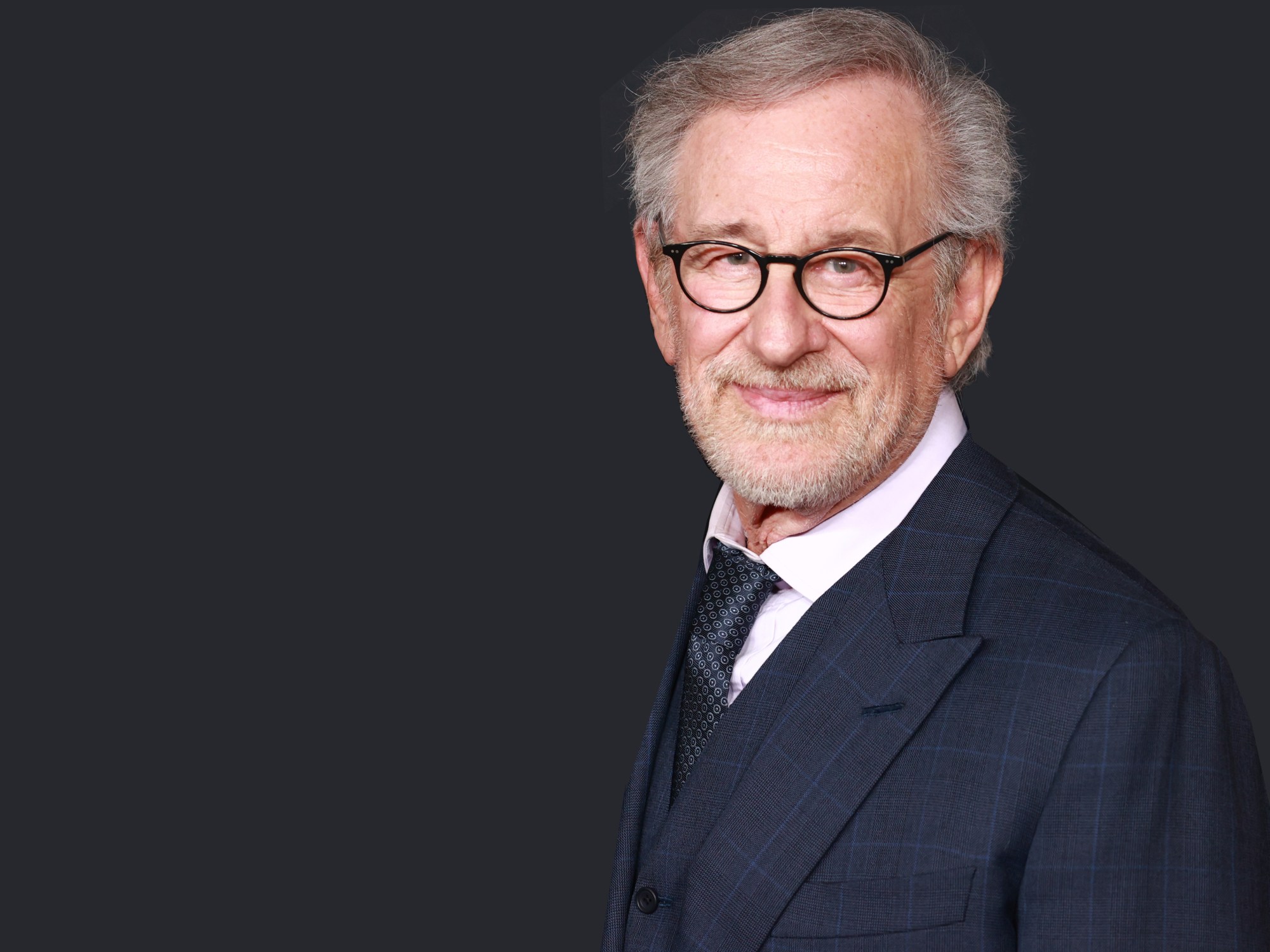
- Industry
Steven Spielberg: A Legend Turns 75
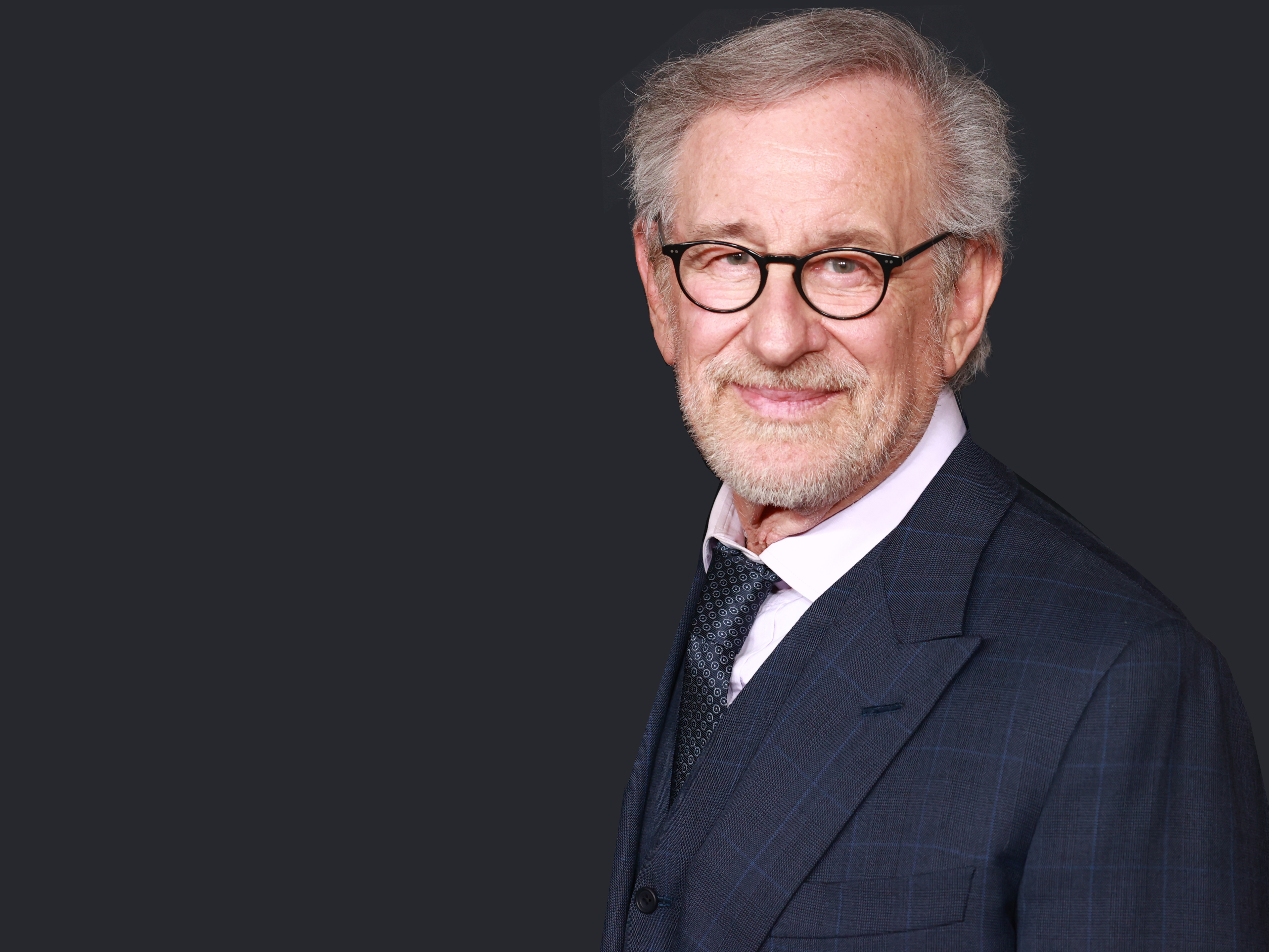
Born December 18, 1946, in Cincinnati Ohio, Steven Allan Spielberg made his way to Hollywood via a brief stint at CSULB and went on to direct a handful of short films and TV episodes before making his feature debut with The Sugarland Express. Now with 57 credits as a director and in honor of his 75th birthday, we chose ten early works, pre-2000, that define his career:

The Sugarland Express, 1974
This crime drama film is his third film – after two TV movies, one of them the now-classic Duel – and his theatrical feature directorial debut. Universal Pictures took a chance on the young director and supported him with a world-class cinematographer, Vilmos Zsigmond, and a stellar cast led by Goldie Hawn, William Atherton and Ben Johnson. It is based on a real incident that happened in Texas in 1969 when a woman persuaded her husband to break out of prison to kidnap their baby from a foster home. Even though it is his first big-screen film, it already shows a typical Spielberg-touch that he repeated in many of his later epics – incorporating the land, in this case, Texas, as a character in the story. The movie also offered Goldie Hawn a chance to break away from purely comedic roles and try her hand at drama.

Jaws, 1975
Not 30 yet, the director changed the business of film with this action movie about a great white shark. Being one of the first-ever films with a wide release on a single day, it became the first blockbuster movie over the course of one weekend, and with that, the concept of the ‘summer movie’ was born. The shoot was anything but easy as he recalled: “I was naive about the ocean, basically, about Mother Nature. I was too young to know I was being foolhardy when I demanded that we shoot the film in the Atlantic Ocean and not in a North Hollywood tank.” The elements were not the only problem. There was also a malfunctioning shark and before that a long casting process. Although Richard Dreyfuss was the director’s first choice, he approached Lee Marvin to play the role of Quint before settling on Robert Shaw, and the part of Brody was offered to a number of actors before it went to Roy Scheider.

Close Encounters of the Third Kind, 1977
Richard Dreyfus returned for Spielberg’s first science fiction film about a cable worker who witnesses an unidentified flying object and attempts to contact artificial intelligence. Says the director about the technical difficulties: “I can’t tell you how many times on a major object, we went back for 10 or 15 takes because they weren’t right. Sometimes the ship would bobble, and the guys would say, the audience won’t see that, and I said, I’ll see it!” What moviegoers got, for the time, were perfect special effects.
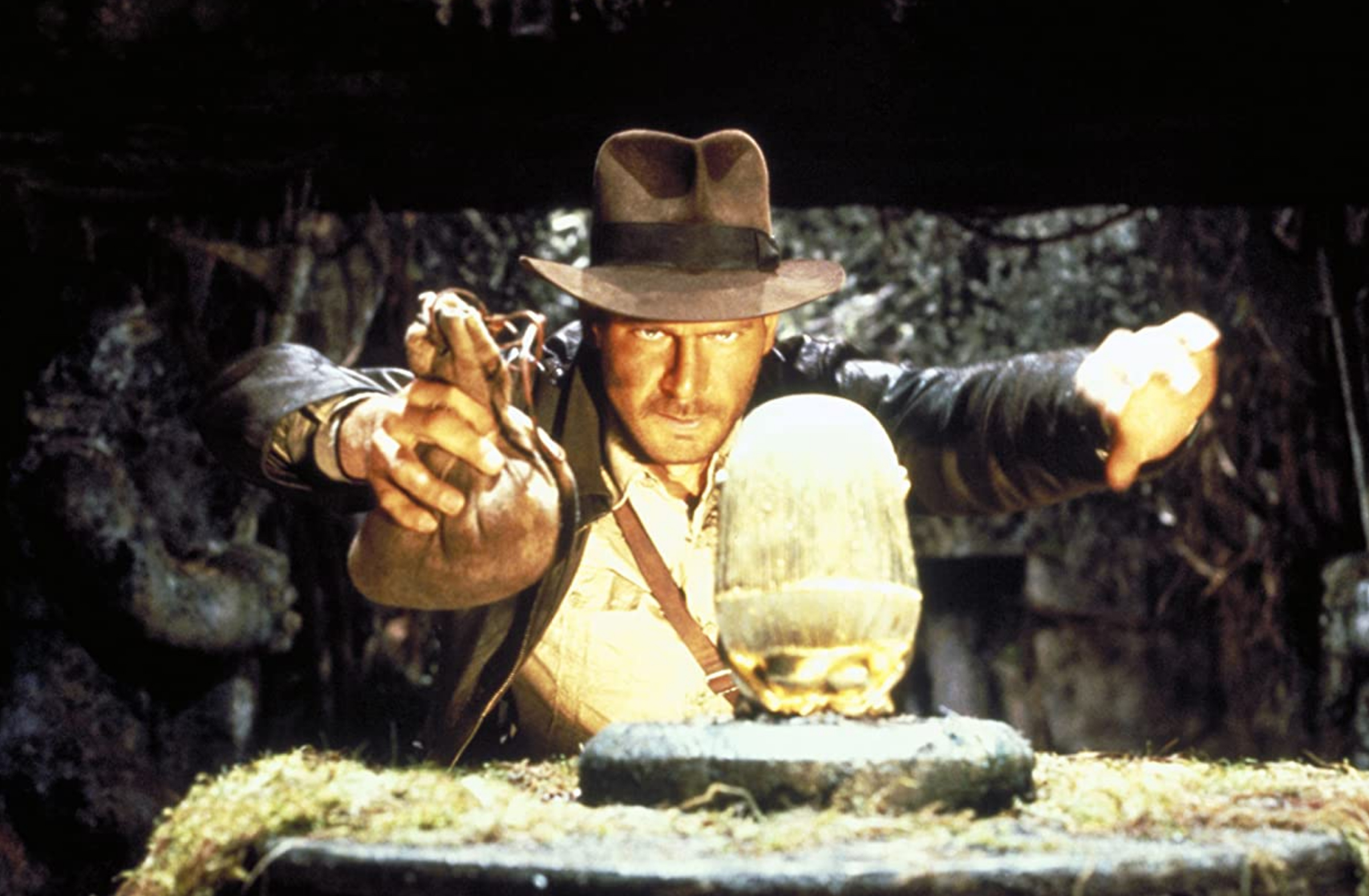
Indiana Jones and the Raiders of the Lost Ark, 1981
After the sea and outer space, Spielberg returned to the land. In sweeping scenes that he shot in the Tunisian desert, he turned the archeologist, Dr. Henry Walton Jones, into a crusading action hero and Harrison Ford into an even bigger superstar. Based on a story written by his friend George Lucas, it was first supposed to be directed by Philipp Kaufman, but when Kaufman chose another project, Lucas ran into Spielberg in Maui where they both vacationed. Spielberg told his friend he wanted to make a James Bond movie but fell for the story of Indiana Jones. He even called it ‘a James Bond film without the hardware.’ The success of the film spurred four sequels with a fifth still being discussed, a TV series and video games.
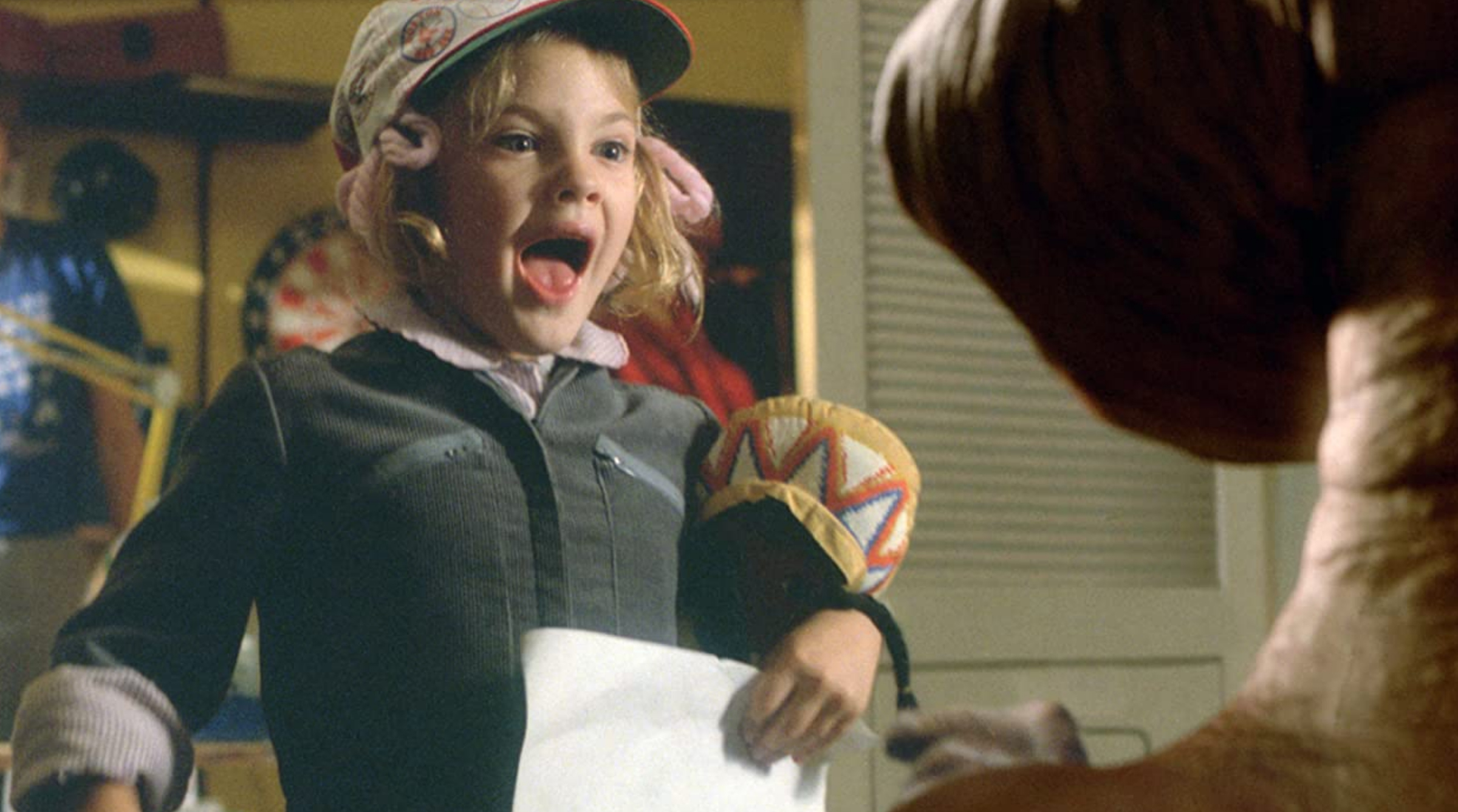
E.T., 1982
The director discovered his inner child with this lovable story of a cute alien that changes the life of a family. Elliott, a troubled boy played by Henry Thomas, works up his courage to help an extraterrestrial find its way home. E.T. is a continuation in a way, of the R-rated Close Encounters, but in this case, it charmed people of all ages, starting with children. The director called it his “gift from heaven,” his idea sparked by a memory of Close Encounter’s last scene when he suddenly thought: “What if this alien was left behind?” The film also marks the acting debut of Spielberg’s goddaughter: Drew Barrymore’s scream as little Gertie is remembered by all audiences.
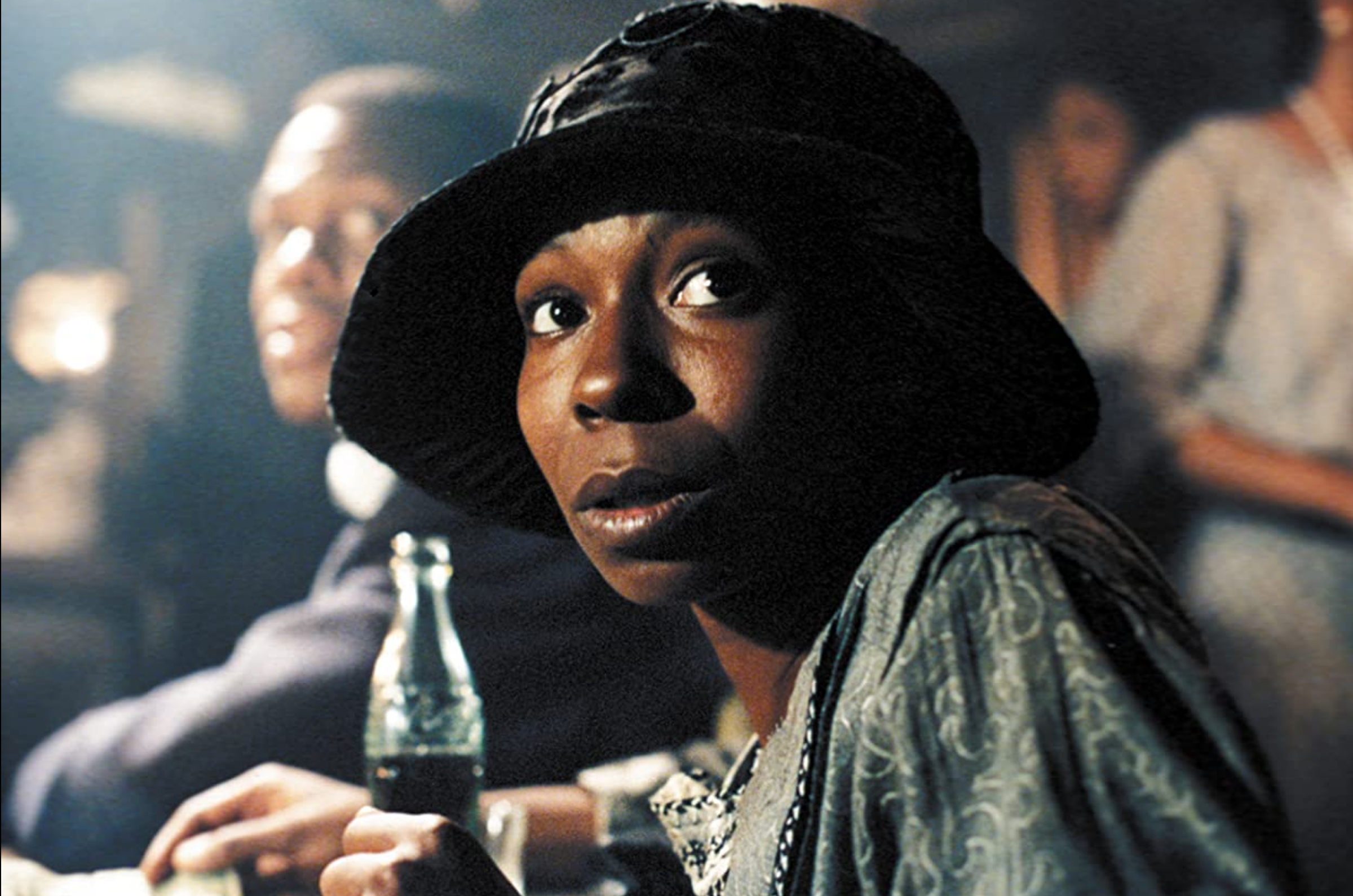
The Color Purple, 1985
This film marked a departure from the genres he previously tried his hand at and is based on Alice Walker`s Pulitzer Prize-winning Black feminist novel about two enslaved sisters who are separated by the men in their lives. While the book focuses equally on both sisters, one staying in the South, the other moving to Africa, Spielberg chose to spend more time with Celie: ”The major change I made in the novel was to focus mostly on Celie. I`ve always been absolutely preoccupied in my movies with characters who change, and she changes the most. I wanted it to be her story.” The film garnered first-time actress Oprah Winfrey a Golden Globe nomination and the award for Best Actress Drama went to Whoopi Goldberg.

Empire of the Sun, 1987
There is an interesting connection between E.T. and Empire of the Sun: first, there are the posters. What was the moon in the former, became the sun in the latter. The silhouetted child on the bike is now a silhouetted boy (played by a young Christian Bale), and the connection between the human and the alien finger, clearly inspired by Michelangelo, is an almost-meeting of the little boy’s toy plane and the kamikaze fighter who is returning to a burning world. Both films have a lonely child at their center, trying to find solace in a different identity, and even though this film was originally a fictional novel, it was based on J. G. Ballard’s own experience as he grew up in the Shanghai International Settlement during the Japanese occupation.

Jurassic Park, 1993
With this dinosaur film, Spielberg went a step further than he had done with the shark in Jaws, which was already a sort of prehistoric character. After reading the book by Michael Crichton, he was immediately attracted to the idea of turning it into a movie. But the shoot in Kauai was a hard one considering that it was primarily a CGI film. The director knew that the entire success of the film depended on his digital characters, of which there were many. Despite the technical difficulties, he fulfilled yet another dream that he had since childhood: “I wanted to make a dinosaur picture all my life because I was a huge fan of Ray Harryhausen.”
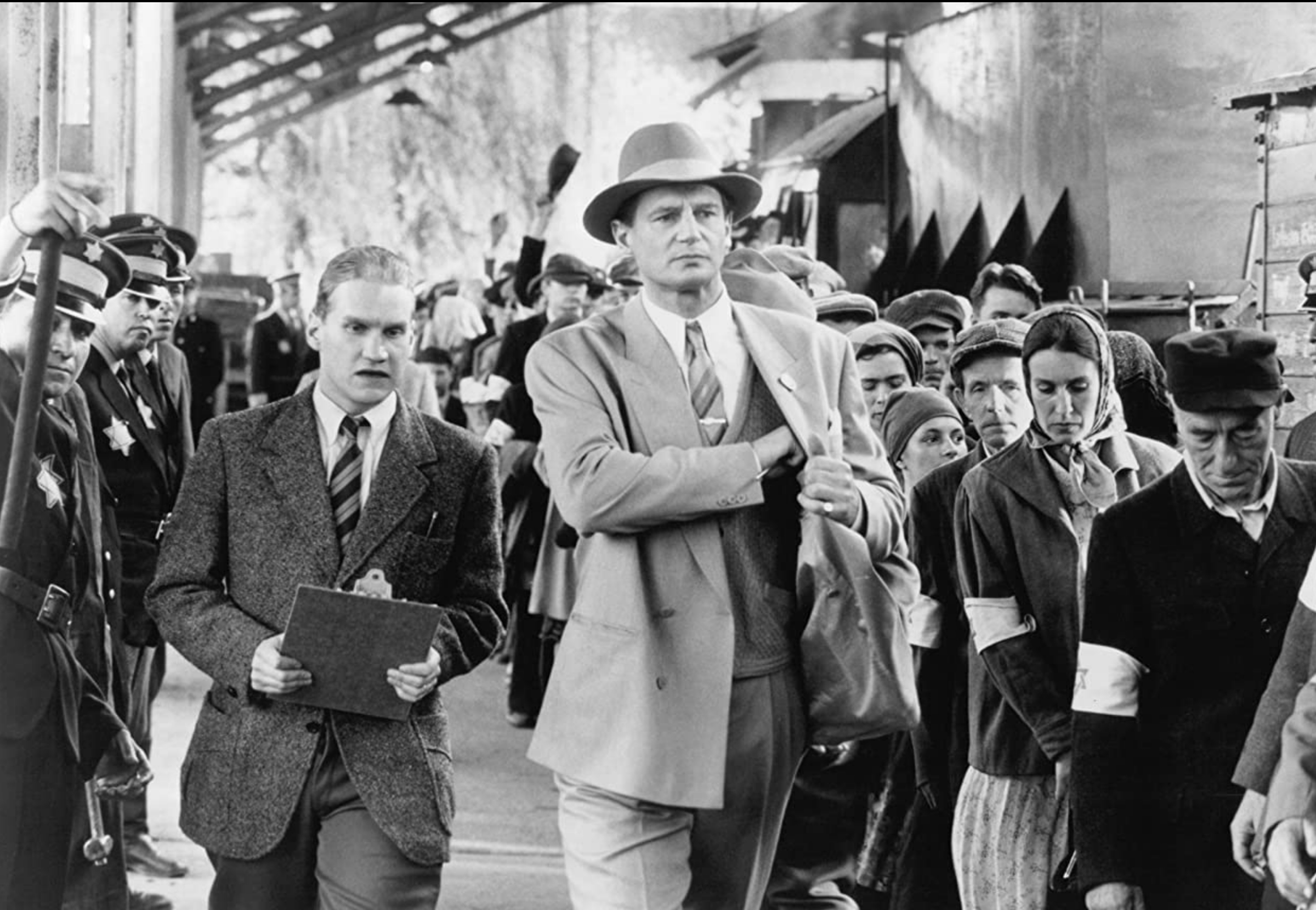
Schindler’s List, 1993
Universal boss and Spielberg mentor Sid Sheinberg brought this project to Spielberg in 1982 who did not think he was qualified or mature enough to tackle such a heavy historical subject. Over the next 10 years, he tried to convince other directors to take over the film, but it always returned to him. He shot most of the scenes in real-life locations including Auschwitz. Liam Neeson stars as the unlikely hero Oscar Schindler who saved hundreds of Jews from concentration camps, and the film turned a young Ralph Fiennes who played the Nazi commander Amon Göth, and Embeth Davidtz as Helen Hirsch into stars. The Golden Globe-winning film’s screenplay was written by Steven Zaillian and the film marks the beginning of a long collaboration between Spielberg and cinematographer Janus Kaminski.
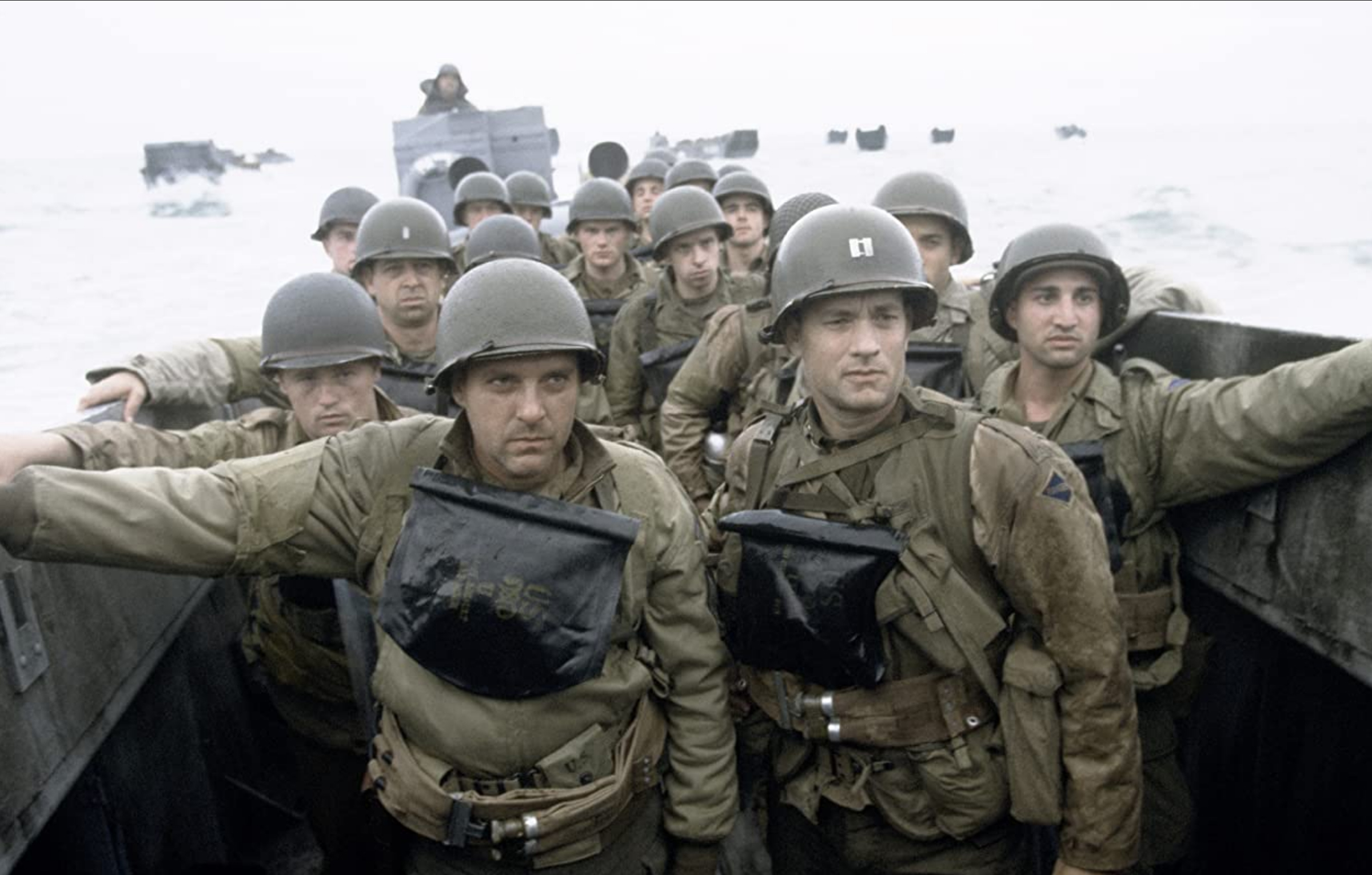
Saving Private Ryan, 1998
For his next World War II film, Spielberg chose a screenplay by Robert Rodat. The famous D-Day scenes at the beginning where the soldiers land on Omaha Beach are the most talked-about sequence among film lovers discussing war movies. Interestingly, the director had worked completely without storyboards. He spontaneously shot the scenes without pre-conceived ideas, purely based on the stories by survivors. “I didn’t quite know what that opening sequence was going to be because I shot the whole movie in continuity, and I certainly shot the whole first sequence in continuity.” Spielberg won his second Golden Globe for directing for this film.